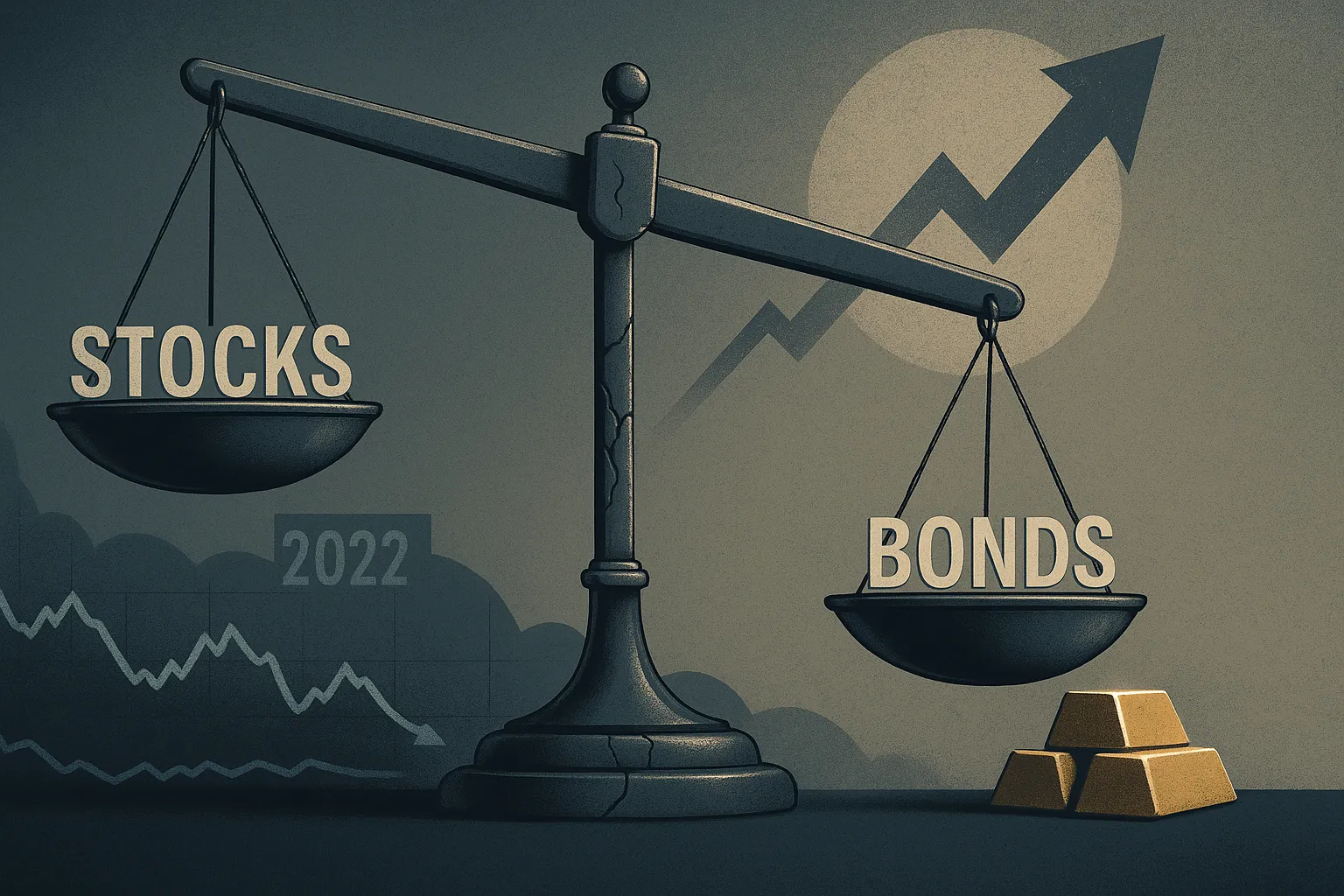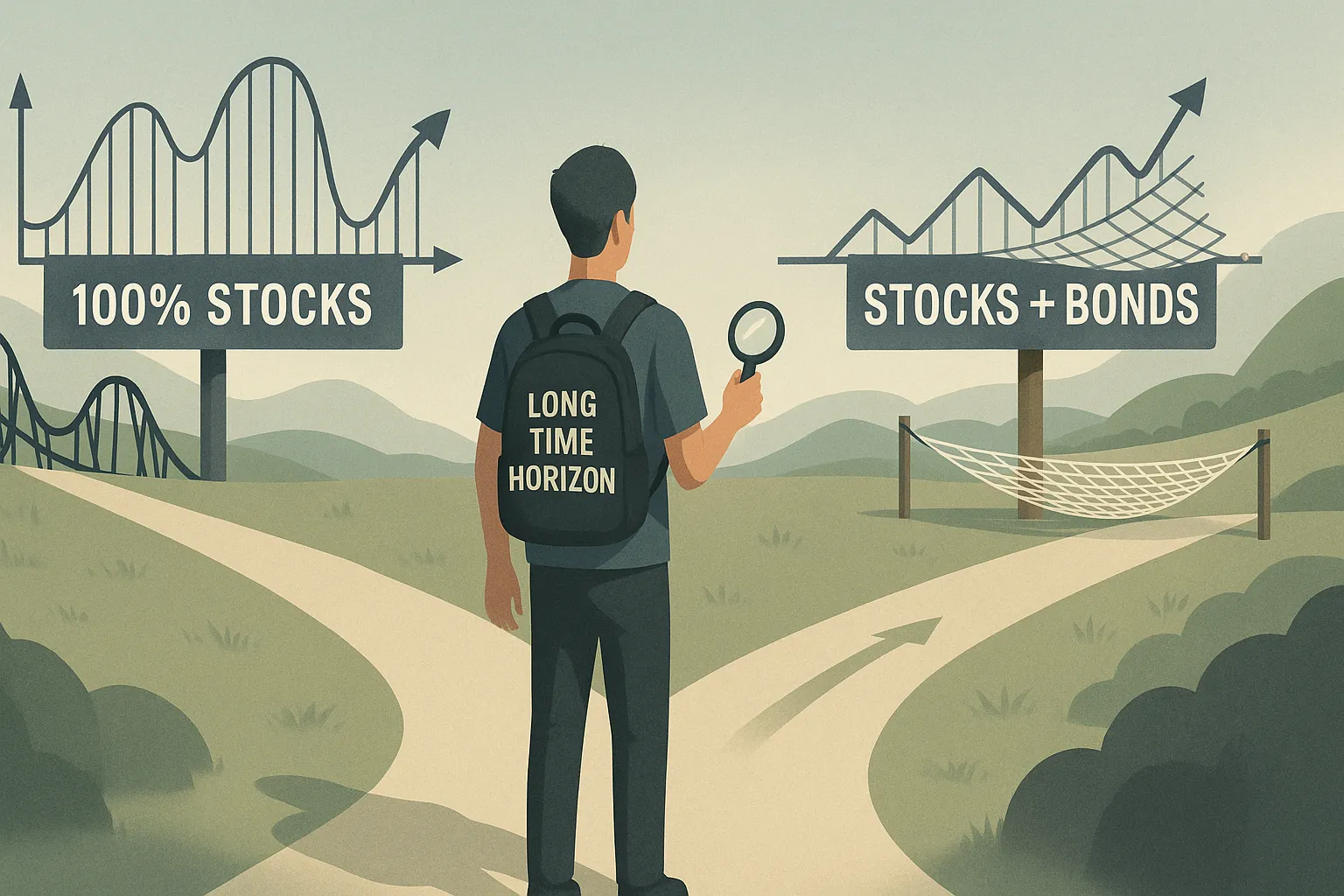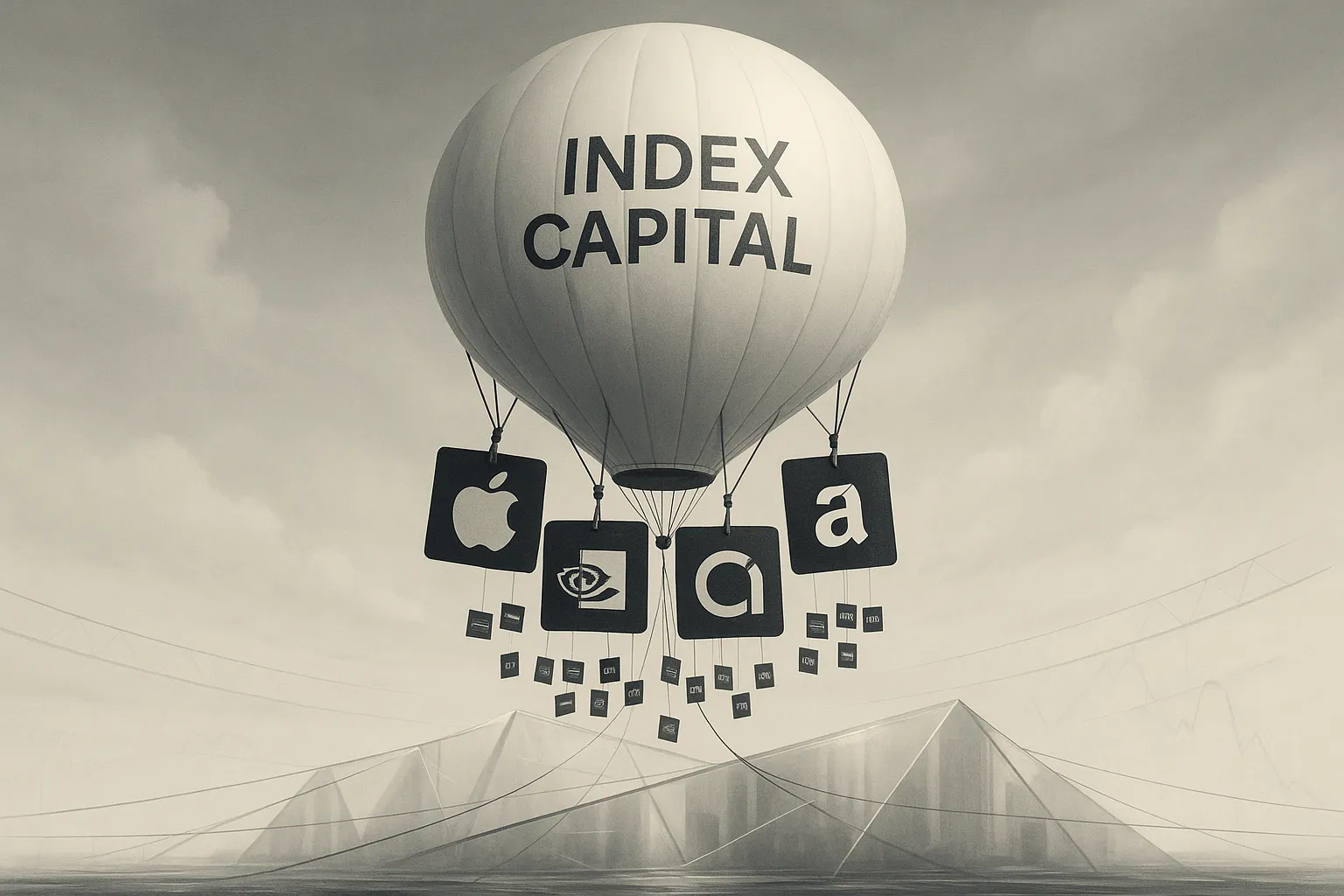Are Alternatives Worth the Complexity and Cost?
Why some investors are rethinking whether the trade-offs are worth it

This content has been reviewed and edited by an Investment Advisor Representative working for Global Predictions, an SEC-registered Investment Advisor.
According to Preqin, nearly $13 trillion is now invested in alternative assets globally — a figure that’s doubled in just seven years. These include private equity, private credit, and commodities—assets that aren’t closely correlated with traditional public markets like stocks or bonds. Many investors see alternatives as essential for diversification. But beneath the surface, these strategies often come with fees, illiquidity, and complexity that don’t always pay off.
Key Takeaways
- Alternative assets can diversify a portfolio—but don’t always reduce risk in a downturn.
- Many alternative strategies underperform public markets after fees.
- Liquidity constraints and high minimums make them unsuitable for many investors.
- Behavioral pitfalls—like chasing exclusivity or prestige—can amplify risk.
Why Investors Look Beyond Stocks and Bonds
Alternatives often carry the promise of non-correlation: assets that don’t move in sync with traditional markets. In theory, adding them can smooth volatility or even boost returns. From private equity to farmland, art to venture capital, alternatives are positioned as the sophisticated investor’s edge.
And there’s historical context: In the wake of the 2008 crisis, low interest rates and volatile equity markets pushed institutional investors—like pensions and endowments—into private markets in search of yield and protection. Individual investors followed.
But the catch is that alternatives don’t just offer differentiated return streams—they also introduce new types of risk, including:
- Illiquidity risk: Many alternatives require capital to be locked up for years.
- Fee drag: Performance fees, management fees, and fund-of-fund layers can reduce net returns.
- Opaque pricing: Without daily market pricing, valuations can be subjective.
Hypothetical: Imagine a 38-year-old tech employee with a concentrated stock grant exploring private real estate funds for diversification. The promise of 8–10% returns sounds compelling. But when the property market softens, the investor can’t sell, receives reduced distributions, and watches high fees compound the downside. The result? Diversification didn’t help when liquidity was most needed.
When Diversification Works—and When It Doesn’t
Diversification only works if assets behave differently under stress. But that’s not always the case. In fiscal 2022, equities, bonds and core alternative allocations all posted negative returns—underscoring that diversification failed under rapid rate hikes.
A University of Oxford study found that many private equity funds simply mimicked public markets with leverage and lag (Phalippou, 2021). Similarly, collectibles or crypto-based funds may track broader risk sentiment more than many expect.
So what’s the real diversification benefit? In practice, alternatives can help—but:
- The effect is often marginal unless they represent a meaningful allocation.
- They must be paired with long time horizons and low liquidity needs.
- They should be chosen based on strategy fit, not exclusivity or brand appeal.
The Emotional Lure of Alternatives
There’s a powerful psychological component to alternatives. Many investors are drawn in by perceived exclusivity or the cachet of owning what institutions or billionaires own. But that emotional pull can cloud judgment.
Behavioral finance studies show that people tend to:
- Chase complexity: Mistaking it for sophistication or control.
- Underestimate illiquidity: Especially when markets are calm.
- Overweight recent performance: Assuming past returns will persist.
These biases can lead to poorly timed entries—or worse, the wrong allocation entirely.
What Costs Are Worth It?
The core question isn’t just whether alternatives are risky—but whether the trade-offs are worth it. Here’s how investors can think about it:
- Cost-benefit alignment: Are the fees justified by the unique exposure or return profile?
- Portfolio context: Does the asset truly diversify or replicate existing risk?
- Liquidity need: Will capital be accessible when needed?
Some investors may find niche strategies—like income-generating farmland or real estate credit—attractive within a diversified plan. Others may discover that plain-vanilla ETFs offer better risk-adjusted returns without the complexity.
A simple “gut check” investors can use: Would this asset still feel attractive if it were public, transparent, and boring?
A Realistic Mindset Outperforms Sophistication
Chasing exclusivity can lead to overconfidence. The better approach is to focus on durability. Some of the most resilient portfolios are built not with exotic assets, but with clear expectations, appropriate time horizons, and simple rules.
FAQs
Q: Are all alternatives illiquid?
A: Many are, especially private equity, venture capital, and closed-end real estate funds. However, some alternatives—like publicly traded REITs or gold ETFs—are more liquid.
Q: Do alternatives always diversify a portfolio?
A: Not always. Some alternatives may behave like traditional assets under stress, reducing diversification benefits.
Q: Why are fees higher on alternative investments?
A: Alternatives often involve specialized management, operational complexity, and lower transparency—which can justify higher fees, though not always net outperformance.
Q: Are collectibles or art considered good alternative investments?
A: They can offer emotional or cultural value, but pricing is subjective and markets are illiquid. Most experts view them as speculative.
Q: Should alternatives be part of a retirement portfolio?
A: That depends on time horizon, liquidity needs, and risk tolerance. Illiquid alternatives may not suit those who need access to capital within a few years.
How optimized is your portfolio?
PortfolioPilot is used by over 30,000 individuals in the US & Canada to analyze their portfolios of over $30 billion1. Discover your portfolio score now:





